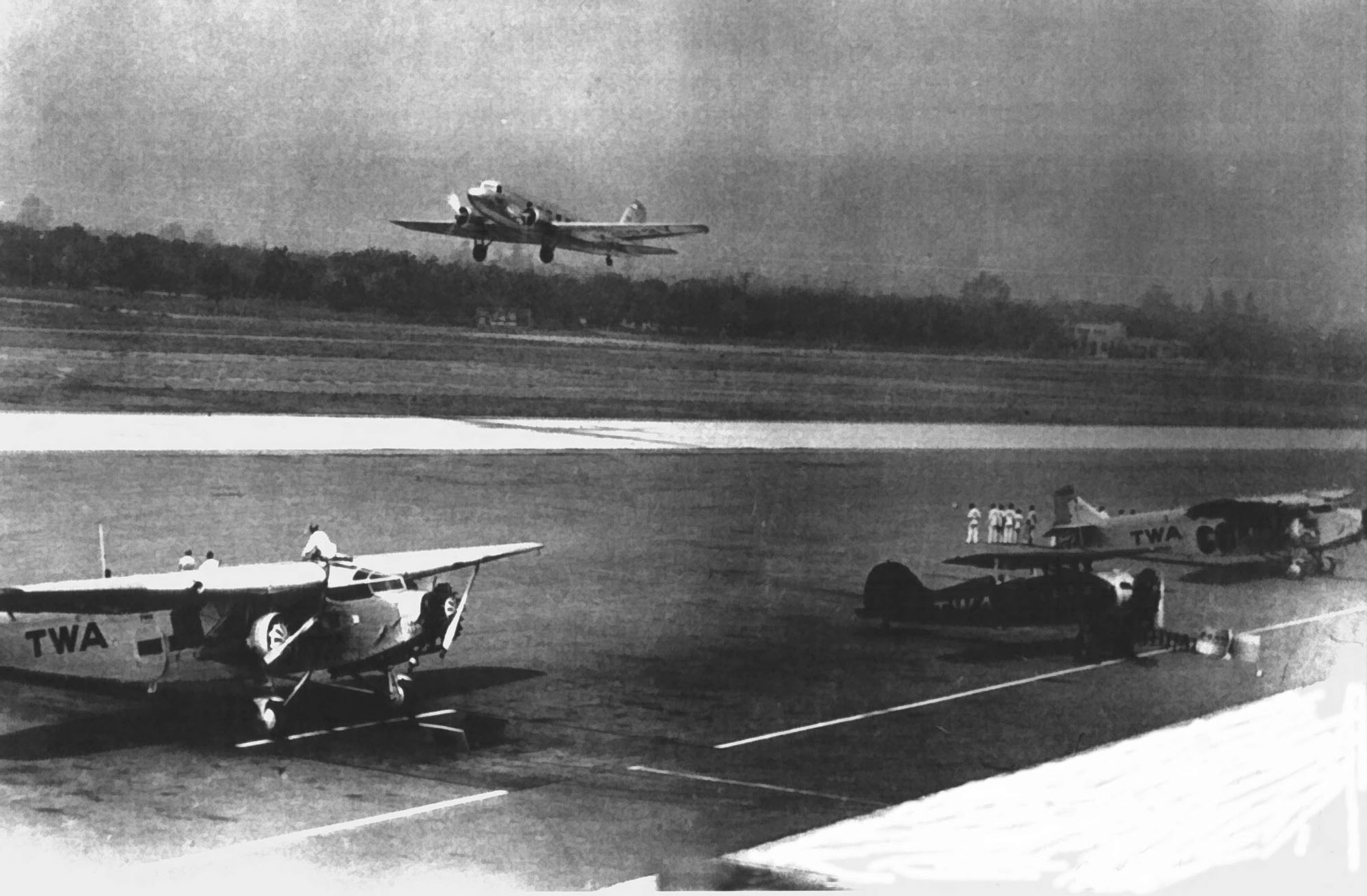
1 July 1933: 12:36 p.m., the Douglas DC-1 took off from Clover Field, Santa Monica, California, on its first flight. In the cockpit were Carl Anson Cover and Fred Herman.
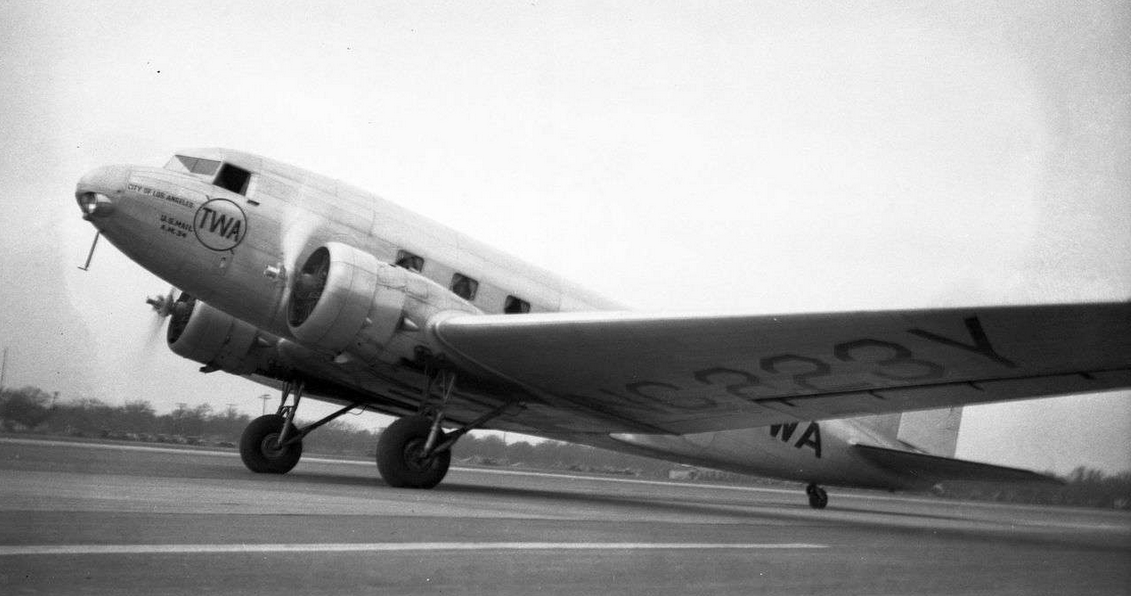
The duration of the flight was just twelve12 minutes. during the flight both engines lost power several times. It was later determined that the engines’ carburetors had been installed backwards. This caused their floats to close when the airplane was in a climb.
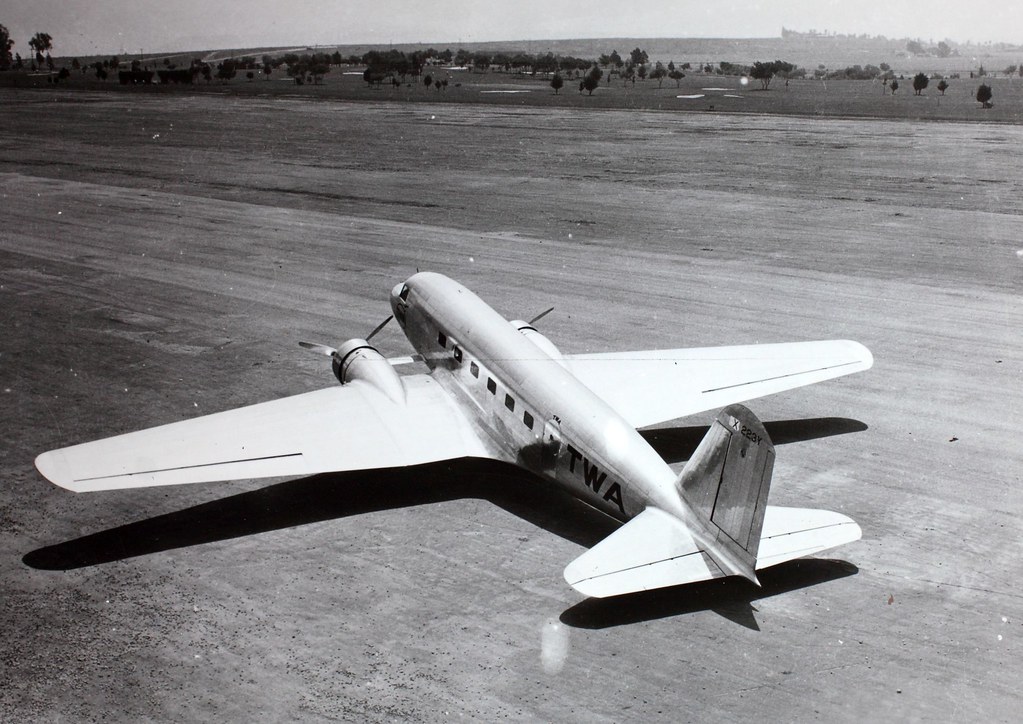
The Douglas DC-1 was a prototype commercial transport, built by the Douglas Aircraft Company, Santa Monica, California. It was a twin-engine, all-metal, low-wing monoplane with conventional landing gear. It had a flight crew of two pilots, and provisions for 12 passengers.
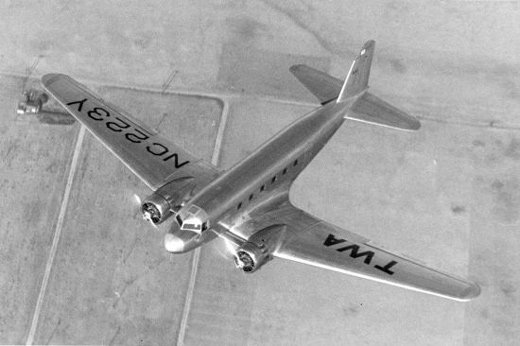
The new airplane had been requested by Transcontinental and Western Air, Inc. It would be required to take off on a single engine from Winslow, Arizona—at 4,941 feet (1,506 meters) above Sea Level, the highest airfield in the T.W.A. route—and to climb to an altitude of 10,000 feet (3,048 meters), again on only one engine. It was required to carry more passengers than the Boeing Model 247, and to have a landing speed of 55 miles per hour (89 kilometers per hour).
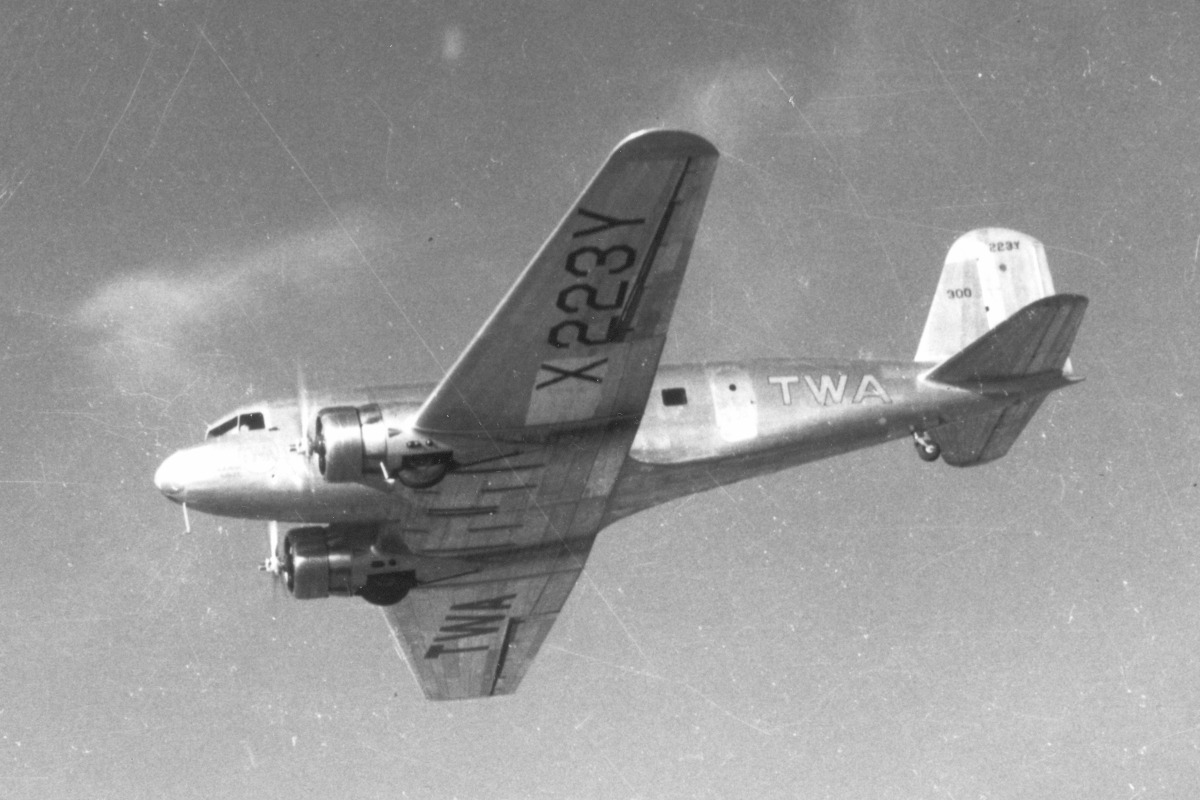
The DC-1 was 60 feet, 0 inches (11.288 meters) long, with a wing span of 85 feet, 0 inches (25.908 meters), and height of 16 feet, 0 inches (4.877 meters). Its empty weight was 11,780 pounds (5,343 kilograms), and gross weight, 17,500 pounds (7,938 kilograms).
The DC-1 was powered by two supercharged, air-cooled, Wright Cyclone SGR-1820-F3 nine-cylinder radial engines, These engines had a compression ratio of 6.4:1 and required 87-octane gasoline. They were rated at 700 horsepower at 1,950 r.p.m. They turned three-bladed variable-pitch propellers throug a 16:11 gear reduction. The -F3 was 3 feet, 11-3/16 inches (1.199 meters) long, 4 feet, 5¾ inches (1.365 meters) in diameter, and weighed 1,047 pounds (475 kilograms).

The DC-1 had a cruise speed of 190 miles per hour (306 kilometers per hour) and maximum speed of 210 miles per hour (338 kilometers per hour). Its range was 1,000 miles (1,609 kilometers), and the service ceiling was 23,000 feet (7,010 meters).
Only one DC-1 was built. It was rolled out of its hangar 22 June 1933. Registered X223Y, it made its first flight, 1 July 1933, at Clover Field, Santa Monica, California, with test pilots Carl Cover and Fred Herman in the cockpit.
NC223Y was retired from passenger service in 1936. T.W.A. loaned it to the U.S. government for high altitude research. In May 1938 NC223Y was sold to The Right Honourable Vicount Forbes at Croydon, 27 May 1938, and registered G-AFIF, 25 June 1938. It was re-sold to France, in September 1938. The DC-1 was again sold, this time to Spanish Republican government, and operated by Lineas Aéreas Postales Espanolas, also known as LAPE. The airplane made a forced landing at Malaga, Spain, in December 1940. It was damaged beyond repair.
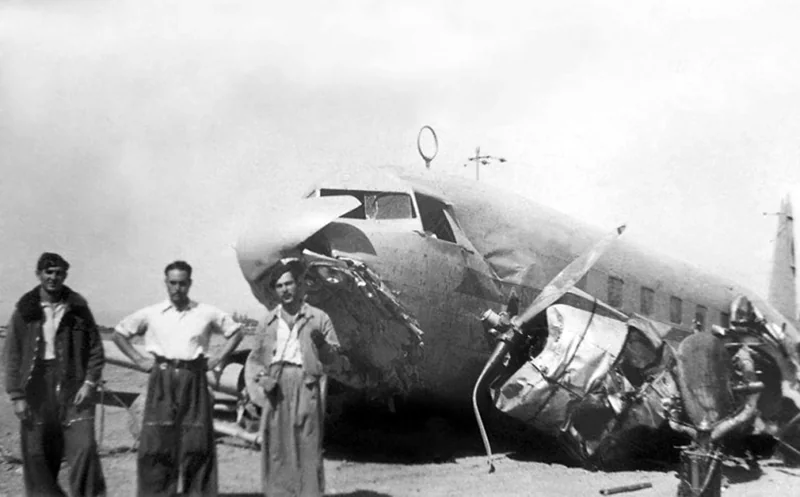
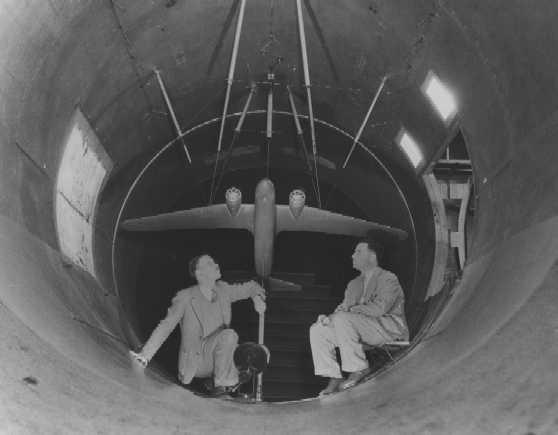
© 2023 Bryan R. Swopes